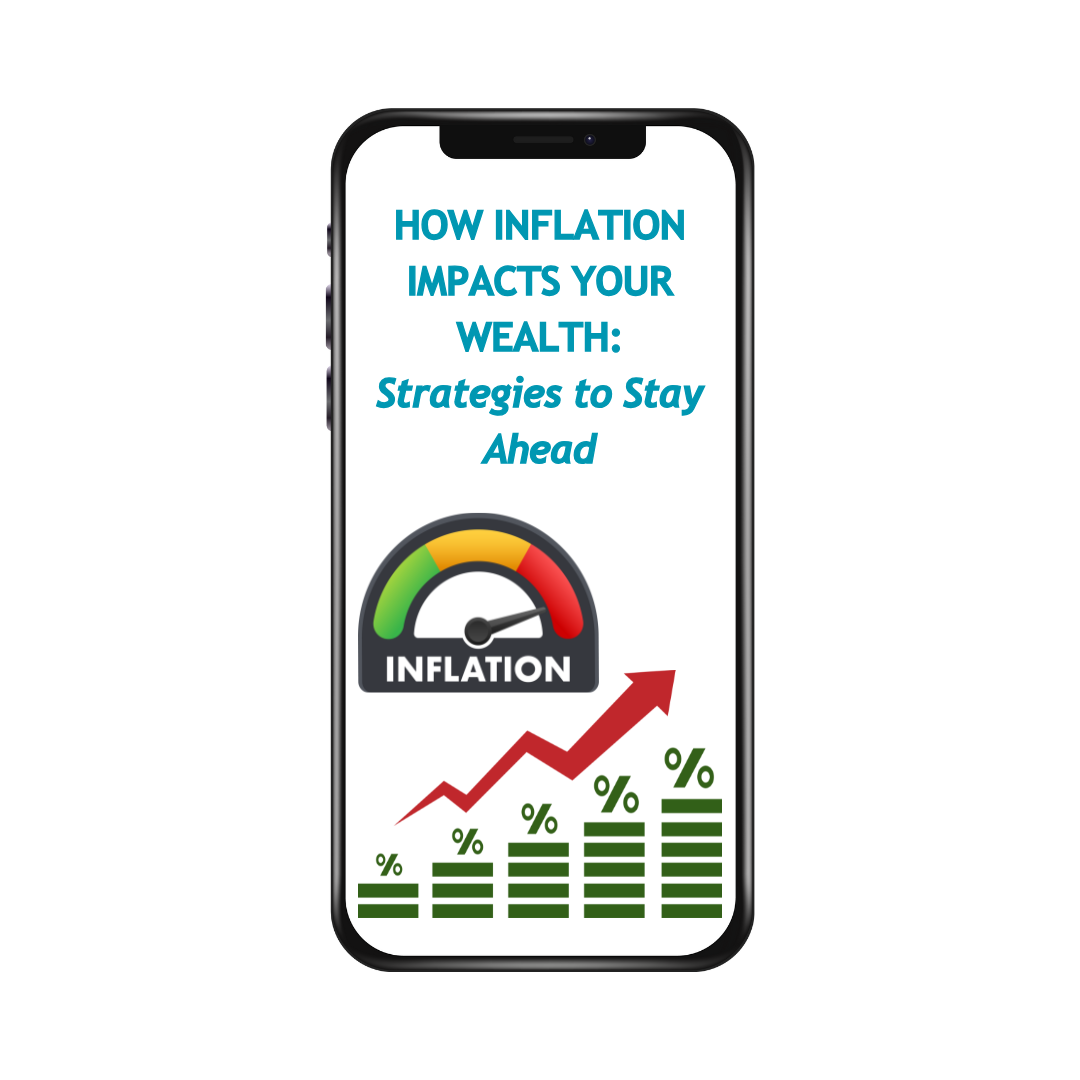In finance, the terms “Ex-Date” and “Record Date” are fundamental concepts, particularly in the context of dividend payments, stock splits, and bonus share issuance. These dates are critical for determining shareholder eligibility to receive financial benefits declared by a company. The Ex-Date, or ex-dividend date, is the cutoff point for new buyers of a stock to qualify for the announced dividend. Purchases made on or after this date do not entitle the buyer to the declared dividend, as the entitlement remains with the seller. Meanwhile, the Record Date is the date on which a company finalizes its list of shareholders eligible for the benefit. These two dates are interconnected, with the ex-date typically preceding the record date by one business day due to the T+2 settlement system, which dictates that stock transactions take two business days to settle. Together, the ex-date and record date ensure clarity and fairness in the distribution of financial benefits, making them essential for maintaining transparency in the financial markets and enabling investors to plan their trades effectively. Understanding these terms helps investors avoid confusion and make informed decisions about their portfolios.
What is an Ex-Date?
The Ex-Date, short for ex-dividend date, is a critical milestone in the financial markets that determines investor eligibility for receiving dividends or other benefits announced by a company. It is the first trading day when a stock begins to trade without the value of its declared dividend, meaning that any purchase of the stock on or after this date will not include the right to receive the upcoming dividend. Instead, the dividend will be paid to the shareholder who owned the stock before the ex-date. This mechanism ensures an orderly and transparent transfer of dividend entitlements. The ex-date is closely linked to the record date, which is the date a company reviews its shareholder register to identify eligible recipients. Due to the T+2 settlement system (transactions are finalized two business days after the trade date), the ex-date typically falls one business day before the record date. On the ex-date, a stock’s price usually decreases by approximately the dividend amount, reflecting the payout. Understanding the ex-date is essential for investors focused on dividend income, as it directly impacts their entitlement and trading strategies.
What is a Record Date?
The Record Date is a crucial concept in corporate finance, representing the date set by a company to determine which shareholders are eligible to receive dividends, bonus shares, or other corporate benefits. On this date, the company reviews its official shareholder register to identify individuals or entities entitled to the declared benefits. To be eligible, investors must own the stock before the ex-date, as the record date is directly linked to the ex-dividend process and the T+2 settlement system. This system requires that trades be finalized within two business days, so only shareholders who have completed their purchase before the ex-date will appear in the records by the record date. The record date provides clarity and transparency, ensuring that benefits are distributed only to eligible shareholders. It is particularly significant for investors focusing on dividend income or stock-based rewards, as missing this date due to timing errors can result in ineligibility. For companies, the record date establishes a definitive list of beneficiaries, simplifying the payout process and maintaining accountability in shareholder communications.
The Role of Ex-Date and Record Date in Dividend Payments
- Establishing Eligibility for Dividends: The ex-date and record date work together to determine which shareholders are entitled to receive a company’s declared dividends. Investors must own the stock before the ex-date to ensure their names are listed in the company’s records by the record date.
- Ensuring Transparency: These dates maintain fairness and transparency by clearly defining the cutoff points for dividend entitlement, eliminating any ambiguity for shareholders and market participants.
- Preventing Overlapping Claims: By linking the timing of the ex-date and record date with the T+2 settlement system, companies avoid situations where multiple parties claim entitlement to the same dividend.
- Stock Price Adjustments: On the ex-date, the stock price typically adjusts downward by the dividend amount to reflect the payout, ensuring a fair market valuation for new investors who will not receive the dividend.
- Facilitating Smooth Distribution: The record date allows companies to compile a definitive list of eligible shareholders, simplifying the administrative process for distributing dividends efficiently and accurately.
Ex-Date and Record Date: Key Differences
Ex-Date | Record Date |
The date when a stock starts trading without the value of its declared dividend or benefit. | The date on which the company finalizes its list of eligible shareholders for a declared benefit. |
Determines the cutoff point for new buyers to qualify for dividends or benefits. | Confirms the official list of shareholders eligible to receive the declared dividends or benefits. |
Typically one business day before the record date, based on the T+2 settlement system. | Follows the ex-date and is usually one business day later. |
Stock prices generally drop by the dividend amount on this date to reflect the payout. | No direct impact on stock price, as it serves an administrative purpose. |
To be eligible for dividends, investors must purchase shares before this date. | Only shareholders recorded by this date are eligible for the declared benefit. |
Generates heightened trading activity as investors adjust positions to secure dividend rights. | Focuses on administrative verification rather than market dynamics. |
Critical for investors planning trades around dividend distributions. | Important for companies in ensuring accurate benefit distribution. |
How Stock Exchanges Set Ex-Date and Record Date
- Regulatory Compliance: Stock exchanges set the ex-date and record date following guidelines from regulatory authorities, ensuring fairness and consistency in market practices.
- T+2 Settlement System: The timeline is dictated by the T+2 settlement system, meaning transactions take two business days to settle. This system determines that the ex-date precedes the record date by one business day to allow sufficient time for settlement.
- Corporate Announcements: Companies announce dividends, stock splits, or other benefits, and the stock exchange uses this information to schedule the ex-date and record date accordingly.
- Market Calendar Coordination: Exchanges consider market holidays and weekends to ensure that the dates align with trading days, avoiding potential disruptions in the settlement process.
- Communication with Market Participants: Stock exchanges notify brokers, traders, and investors about the ex-date and record date through official notices, ensuring transparency and preparedness among market participants.
- Adjustments for Unforeseen Events: In case of unexpected market closures or other disruptions, exchanges may adjust the ex-date and record date to maintain the integrity of the settlement process.
Real-Life Scenarios
- Dividend Distribution: A company announces a dividend with an ex-date of March 10 and a record date of March 11. Shareholders who purchase the stock on or after March 10 will not receive the dividend. This ensures clarity on dividend entitlement and avoids overlapping claims.
- Stock Price Adjustment: On the ex-date, the stock price drops by the dividend amount. For example, if the dividend is $2 per share and the stock was trading at $50, it may open at $48 on the ex-date, reflecting the payout to eligible shareholders.
Common Misunderstandings Among Investors
- Confusing Ex-Date with Record Date: Many investors mistakenly believe owning shares on the record date guarantees eligibility for dividends, ignoring the importance of the ex-date.
- Buying Shares on the Record Date: Some investors think they can purchase shares on the record date and still qualify for dividends, unaware that eligibility depends on owning shares before the ex-date due to the T+2 settlement system.
- Overlooking Stock Price Adjustments: Investors may not anticipate the typical drop in stock price on the ex-date, leading to unexpected changes in their portfolio value.
How to Track Ex-Dates and Record Dates
- Financial News and Announcements: Regularly monitor financial news portals and official company announcements to stay updated on upcoming ex-dates and record dates for dividends, bonus shares, or other benefits.
- Stock Exchange Websites: Most stock exchanges provide detailed schedules of corporate actions, including ex-dates and record dates, which can be accessed on their official websites.
- Broker Notifications: Brokers often send email or app notifications about key dates for stocks in an investor’s portfolio, helping to ensure that important deadlines are not missed.
- Financial Calendars: Use online financial calendars or tools provided by investment platforms that aggregate corporate action data for easy tracking of relevant dates.
Conclusion
Understanding the concepts of ex-date and record date is essential for investors who want to maximize their returns and make informed decisions. These dates are not just administrative markers; they play a pivotal role in determining shareholder eligibility for dividends, bonus shares, and other corporate benefits. By knowing how the ex-date impacts trading activity and stock prices, as well as how the record date finalizes eligibility, investors can align their strategies with their financial goals. These dates also ensure fairness and transparency in the market, preventing confusion or disputes over entitlements. For investors focused on dividend income or long-term growth through corporate actions, tracking these dates accurately can mean the difference between success and missed opportunities. Staying informed about ex-dates and record dates, along with the broader implications of the T+2 settlement system, empowers investors to plan trades effectively and avoid common pitfalls. Ultimately, a clear understanding of these financial milestones contributes to more confident, strategic, and rewarding investment decisions.







